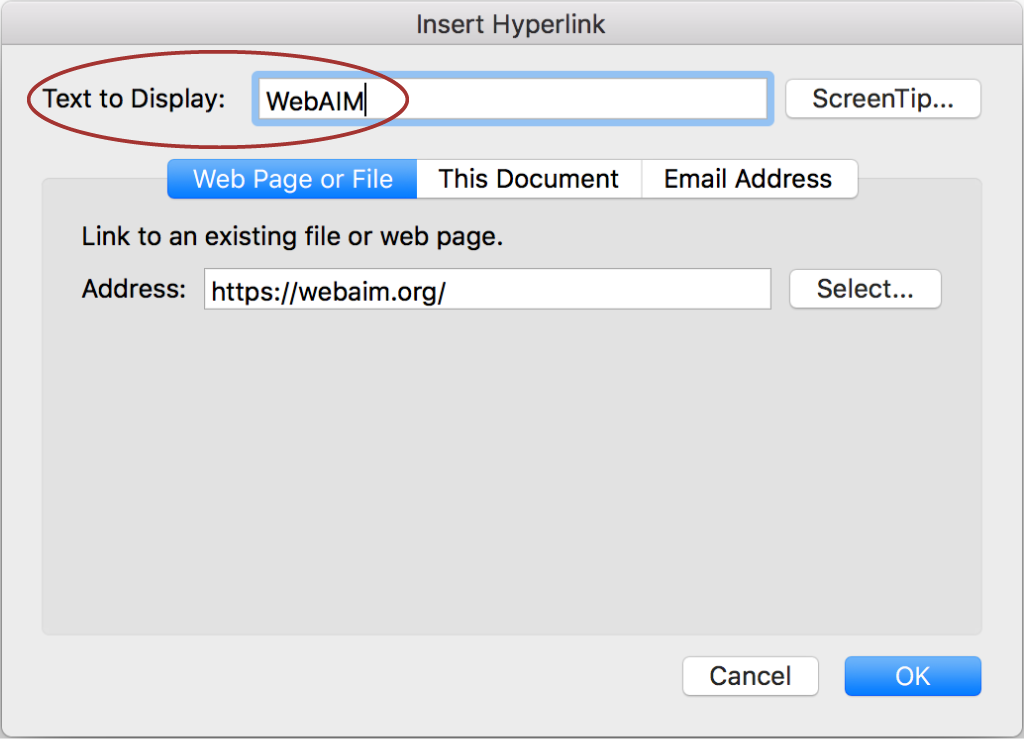

- #HOW TO SELECT COLUMNS ON MICROSOFT ACCESS ON MAC HOW TO#
- #HOW TO SELECT COLUMNS ON MICROSOFT ACCESS ON MAC DOWNLOAD#
- #HOW TO SELECT COLUMNS ON MICROSOFT ACCESS ON MAC WINDOWS#
If you paste a mix of data, such as postal codes from several countries/regions, Access selects the data type that does the best job of preserving the information - usually, the Text data type. If you paste a date, Access sets the field to the Date/Time data type, and so on. For example, if you enter a name in the first field in your new table, Access sets that field to the Text data type. However, Access now infers most data types when you first enter data in a new column. Typically, you set data types when you design the tables for a database. By default, the fields in a database table must contain specific types of data, such as text, dates and times, numbers, and so on. In addition, you no longer have to set the more common data types for the new column. You no longer need to use Design view to add or remove columns, although you can if you want. You can also paste one or more pieces of data into the blank column. To add a column, you enter data into the first blank cell beneath that column header. By default, all tables in Datasheet view now contain a blank column labeled Click to Add. Working with columnsĪccess makes it faster and easier to add or remove a table field because you can perform those tasks in Datasheet view. If that field contains data, you also eliminate that information. When you add or remove a column from a datasheet, you add or remove a field from the table that underlies the datasheet. A column in a datasheet represents the same thing as a field in a database table. Set the data types that Datasheet view does not inferĪ datasheet is the visual representation of the information contained in a database table, or of the results returned by a query. Understand how Access assigns data types as you enter information
#HOW TO SELECT COLUMNS ON MICROSOFT ACCESS ON MAC HOW TO#
This topic explains how to use each method.įor more information about creating and using datasheets, see the articles Create a form using the Datasheet tool and Working with datasheets. You can also add fields from a task pane, or you can open the table that underlies the datasheet and add a field in Design view. You can use Datasheet view to add or remove columns and set the data types for those columns. LessĪccess provides several ways to add or remove the columns in a datasheet. The trick is to use it sparingly, and only on those specific tasks to which it is most suited.Access for Microsoft 365 Access 2021 Access 2019 Access 2016 Access 2013 Access 2010 Access 2007 More. This is probably because there is some data that it works really well for, and for some it merely creates confusion and annoyance. The radar chart is one of those “love it or hate it” tools. Click on the Design and Format tabs in the Chart Tools contextual tab to find Chart styles and other editing tools. Once your chart is created, you can customize the colors, labels, and text as you would any chart. There are three default Radar charts you can choose from: Basic Radar, Radar with Markers, and Filled Radar. Note: In Excel 2010, the Radar charts are located under the Other Charts button.
#HOW TO SELECT COLUMNS ON MICROSOFT ACCESS ON MAC WINDOWS#
Images were taken using Excel 2013 on Windows 7.

#HOW TO SELECT COLUMNS ON MICROSOFT ACCESS ON MAC DOWNLOAD#
To follow using our example, download Create a Radar Chart.xlsxThis article applies to Excel 2007 and later versions. Our table conveys the information, but doesn’t really help us understand which vendor might perform best overall, if any do. We have gathered information from three different vendors and given each a performance score of 1-100 in eight areas that are important to us such as reliability and maintenance costs. We are going to create a chart that will help us choose a new phone system for our office. You could use it to see how temperatures change in multiple locations over the course of a year, or quickly compare products in several different areas. The Radar Chart, also sometimes called a spider or star chart, lets you compare multiple items against multiple criteria. But there’s a less well-known chart out there that can pack a lot of information into a single, visually powerful image. Pie charts, bar charts and line charts are familiar friends to Excel users. By Tepring Crocker Categories: Charts, Excel® Tags: how to make a radar chart


 0 kommentar(er)
0 kommentar(er)
